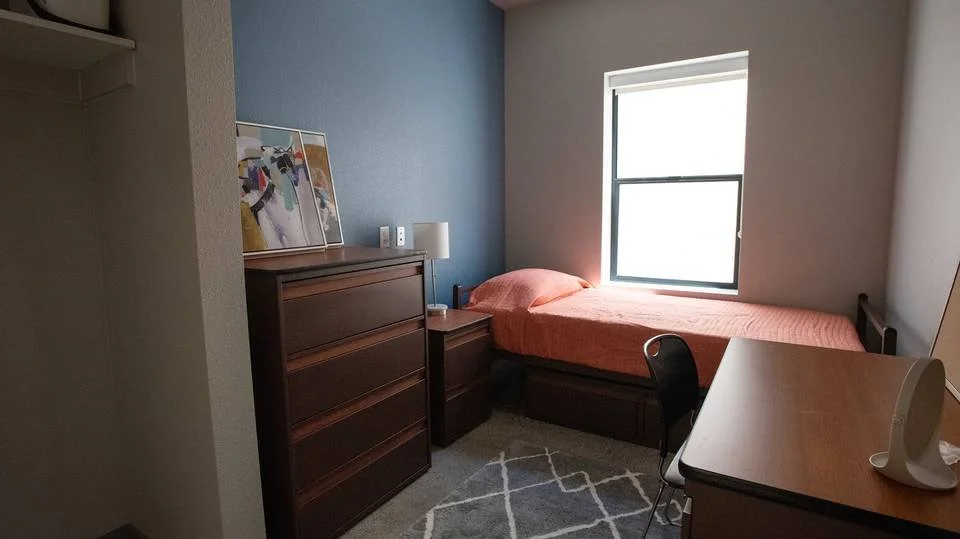How California can prevent crime and stem recidivism by expanding a housing program
BY MATTHEW CATE SPECIAL TO THE SACRAMENTO BEE
Read More Here
California, however, possesses a tool known as community-based transitional housing which would help break the cycle of recidivism. Yet it remains underutilized. Currently, California only offers transitional housing to a relatively small number of incarcerated people even though it has a proven record of success and has long been used by the federal government and other states. ANDY ALFARO aalfaro@modbee.com
Over the past 15 years, California has made significant strides in reforming its prison system: reducing crowding, ending contracts with out-of-state facilities, and increasing rehabilitation and education. Yet recidivism has remained a stubborn problem for our state and society.
Despite the recent improvements in our prison system, incarcerated people often struggle to access rehabilitative programs and behavioral health services. And they often have little meaningful connection with their families and communities.
After years or even decades of incarceration, people are released from California prisons with only the small amount of money they receive from the California Department of Corrections and Rehabilitation, where I served as secretary from 2008 to 2012. They then face the stresses of reentering a society that has changed substantially since they were incarcerated.
OPINION:
Many end up unemployed and homeless. It’s no wonder so many struggle with drug addiction, commit new crimes and return to the same troubled system.
Community-based transitional housing can help break the cycle of recidivism. But it remains underused. Even though the federal government and other states have long employed transitional housing with proven success, California offers it only to a relatively small number of incarcerated people .
Several years ago, the corrections department launched pilot programs offering community-based transitional housing to prisoners with two years or less remaining in their sentences: the Male Community Reentry Program and the Custody to Community Transitional Reentry Program for women. Participants serve the final portions of their sentences in a secure reentry program in which they can receive rehabilitative and behavioral health services as well as academic and career-technical education in facilities designed to be therapeutic and rehabilitative. These transitional housing programs are often near individuals’ home communities, helping them rebuild healthy relationships with their families and gradually integrate into the community.
California’s transitional housing programs are similar to those offered by the Federal Bureau of Prisons and in other states, including New Jersey and Illinois. Participants in the programs can make the transition to less restrictive settings as they meet certain requirements. Once in the less restrictive portion of the program, participants receive assistance in meeting what will become their parole supervision requirements — obtaining gainful employment, attending after-care programs, connecting with medical and behavioral health treatment providers, and locating permanent housing options.
Local law enforcement and treatment providers receive information on all participants upon admission to the programs, ensuring a safe and effective reentry process.
Research shows these programs work. A 2021 Stanford study found that men who participated in California’s transitional housing program for nine months or longer were 92% less likely to be convicted of a crime within a year of release than a control group who completed their sentences within state prisons.
Yet California’s transitional housing programs have capacity for only about 1,000 people, or around 3% of those released from state prison every year. To tackle its intractable recidivism rates, California must significantly expand transitional housing programs so that everyone leaving its prisons has a genuine opportunity to succeed.
When people finish their prison sentences, they rejoin our communities and become our neighbors. It will benefit all of us if they receive the support necessary to make a successful and safe transition into our communities and live productive lives.
Matthew Cate served Govs. Arnold Schwarzenegger and Jerry Brown as secretary of the Department of Corrections and Rehabilitation. He is now a partner at Mosaic Solutions and Advocacy and a law and policy fellow at Stanford University School of Law.
Read more at: https://www.sacbee.com/opinion/op-ed/article261536022.html#storylink=cpy


